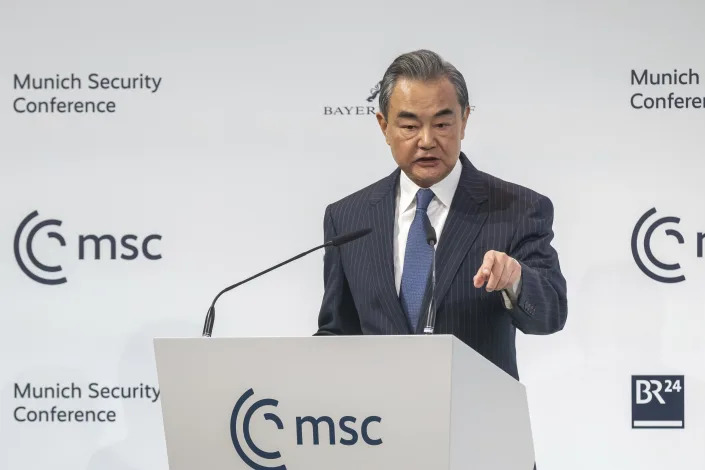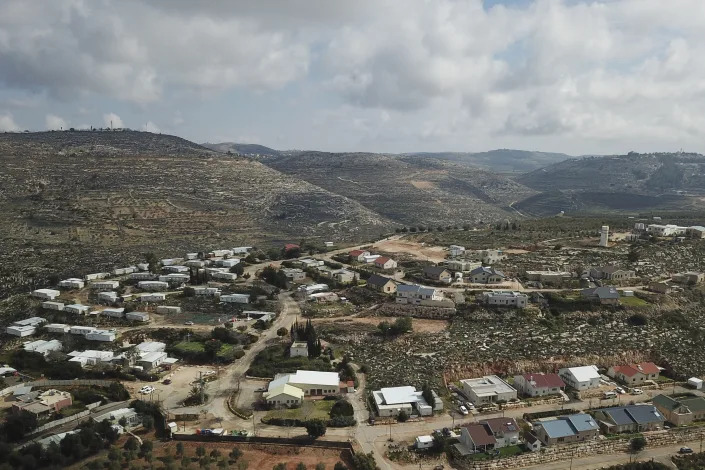Russia's Medvedev floats idea of pushing back Poland's borders

Dmitry Medvedev, Deputy Chairman of Russia's Security Council, delivers a speech in Saint Petersburg
Fri, February 24, 2023
By Andrew Osborn and Caleb Davis
LONDON (Reuters) - Former Russian president Dmitry Medvedev said on Friday that the only way for Moscow to ensure a lasting peace with Ukraine was to push back the borders of hostile states as far as possible, even if that meant the frontiers of NATO member Poland.
Medvedev, who is now deputy chairman of Russia's Security Council, made the comments in a message on his Telegram account exactly a year after Russia sent tens of thousands of troops into Ukraine in what it called a "special military operation" to protect Russian speakers and ensure its own security.
Ukraine says it is defending itself from an unprovoked colonial-style war of aggression and has vowed to retake all of its own territory by force, including Crimea, which Russia annexed in 2014.
Medvedev, an ally of President Vladimir Putin, forecast on Friday that Russia would be victorious and that some kind of loose agreement would eventually end the fighting.
"Victory will be achieved. We all want it to happen as soon as possible. And that day will come," said Medvedev. He predicted that tough negotiations with Ukraine and the West would follow that would culminate in "some kind of agreement."
But he said that deal would lack what he called "fundamental agreements on real borders" and not amount to an over-arching European security pact, making it vital for Russia to extend its own borders now.
"That is why it is so important to achieve all the goals of the special military operation. To push back the borders that threaten our country as far as possible, even if they are the borders of Poland," said Medvedev.
Poland shares long eastern borders with Ukraine and with Russia's ally Belarus, and a frontier of some 200 km (125 miles) in its northeastern corner with the Russian exclave of Kaliningrad.
Any encroachment on Poland's borders would bring Russia for the first time into direct conflict with NATO. U.S. President Joe Biden pledged in a speech in Warsaw this week to defend "every inch" of NATO territory if it was attacked.
Medvedev, 57, has adopted an increasingly hawkish tone and made a series of outspoken interventions since the war began with some political analysts suggesting he is one of the people that Putin might one day consider as a successor.
(Reporting by Andrew Osborn and Caleb Davis; Editing by Mark Trevelyan)



































